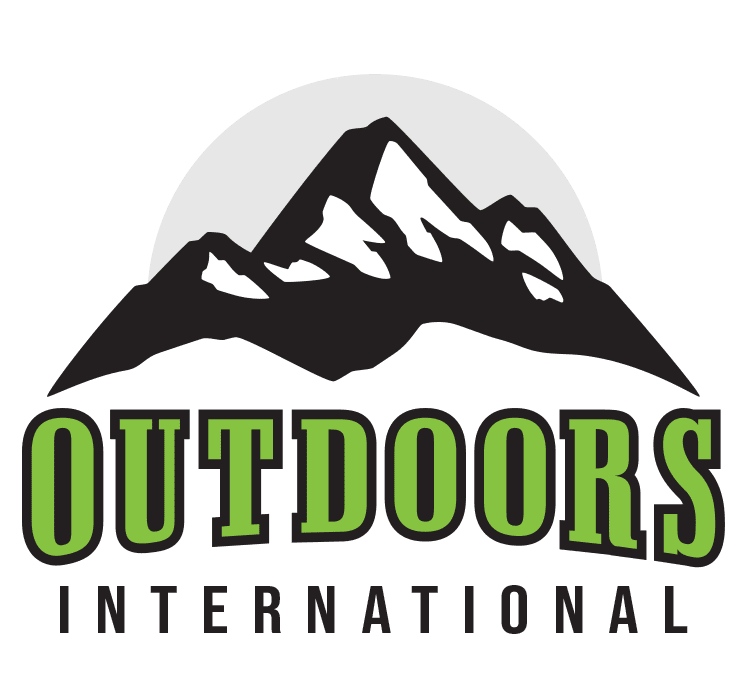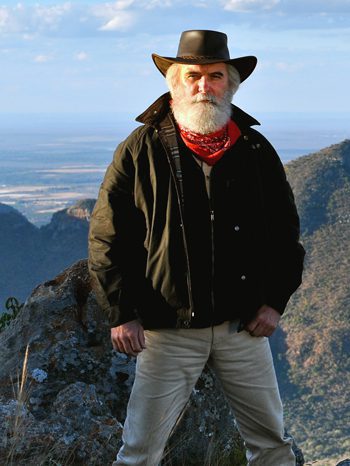Shane Mahoney, born and raised in Newfoundland, is a biologist and writer widely known internationally as a lecturer on environmental and resource conservation issues. A committed hunter and fisherman, Shane lectures widely on the North American Wildlife Conservation Model in the United States and Canada. He talks about the future of hunting and sport fishing and the role hunters and anglers have played in conserving our wildlife legacy. He frequently addresses resource management agencies and professionals concerning their roles as conservation leaders in the 21st century and conducts workshops on this theme throughout North America.
The North American Wildlife Conservation Model
In the 17th century, hunting in Europe was only allowed for the wealthy and privileged. It is no surprise then that for the early settlers hunting in North America, felt unconstrained and took advantage of the seemingly unlimited resources and wildlife. As a result, by the late 1800’s wildlife populations had been noticeably impacted.
Beginning in the late 1800s, Teddy Roosevelt, John Muir, Gifford Pinchot and other conservationist realized they needed to establish limits to protect rapidly disappearing wildlife, and assume responsibility for managing wild lands.
These principles eventually became The North American Wildlife Conservation Model, which has been critical to the success of wildlife management throughout North America.
- Wildlife is a public resource. All wildlife are held in the public trust and managed by government for the benefit of all people.
- Eliminate the market for wildlife. Strong laws and enforcement make it illegal to sell the meat or parts of any wild animal in North America.
- Manage wildlife through law. Hunters are allowed to harvest surplus wildlife. Laws and regulations exist to protect wildlife populations and ensure fair opportunity.
- Hunting should be democratic. In North America, every citizen has an opportunity to hunt and fish in compliance with the law. Hunting is not limited by private landowners or special privilege.
- Wildlife should only be killed only for legitimate reasons. There must be a balance between opportunity and regulation. Many states and provinces have laws and regulations protecting against the “wanton waste” of wildlife. In North America, the broad guidelines that restrain use are for food, fur and predator control.
- Wildlife species are an international resource. Wildlife management in one country will affect wildlife elsewhere. Working collaboratively, the United States and Canada manage land and wildlife to make sure that no country takes more than its share of the common resource.
- Use science to guide wildlife management decisions. Wildlife management based on population estimates and habitat research helps ensure stewardship and prudent decision-making.



Thoroughly enjoyed Mr. Mahoney's comment about "being a citizen is not free." It is the citizenry who must get their voice heard…who must act. "Imagine never hearing the cry of a wolf ever again. Imagine. Is that what we want?"
Use science to guide wildlife management decisions. Wildlife management based on population estimates and habitat research helps ensure stewardship and prudent decision-making
If this is so why is the USA so strongly against elephant culling in the Kruger National Park to the point of threatening sanctions when science says culling is essential to bring numbers from the current approximate 22,000 down to about 5500?
I like the idea that we should be able to harvest wildlife and fish, but who is determining the excess? In Michigan, it appears that a real problem exists with trout fishing, and the concept of the Public Trust Doctrine. In the near past, Trout Unlimited has convinced the state to set aside over 200 miles of rivers/streams for fly fishing only. When questioned about this, the Michigan DNR (MDNR) has responded that eliminating bait fishing in these waters is eliminated as a “social issue”, and that’s a quote. How do it get stopped? It isn’t right that the water is for the use of the public, but only if it’s under certain guidelines, mind you I have no problem with limits to how many fish can be kept, but rather the closing off of a resource that everyone can use, not just the special people.
Pingback: Polar Bears Can Now Be Imported From Canada